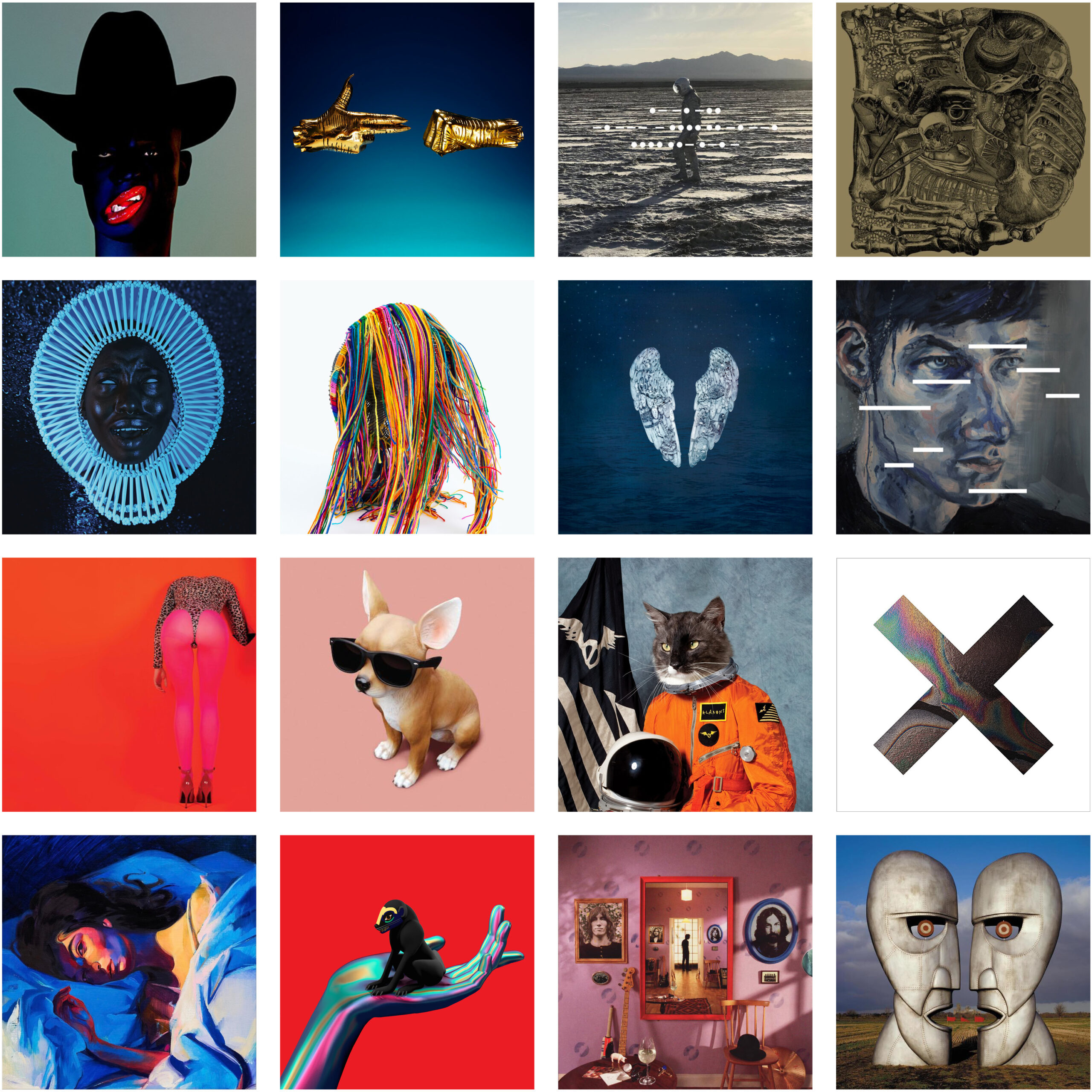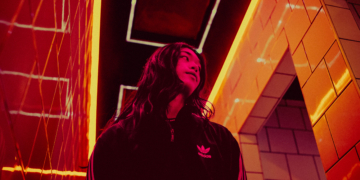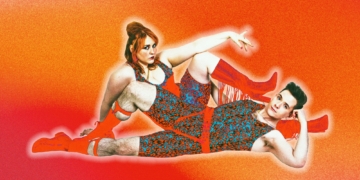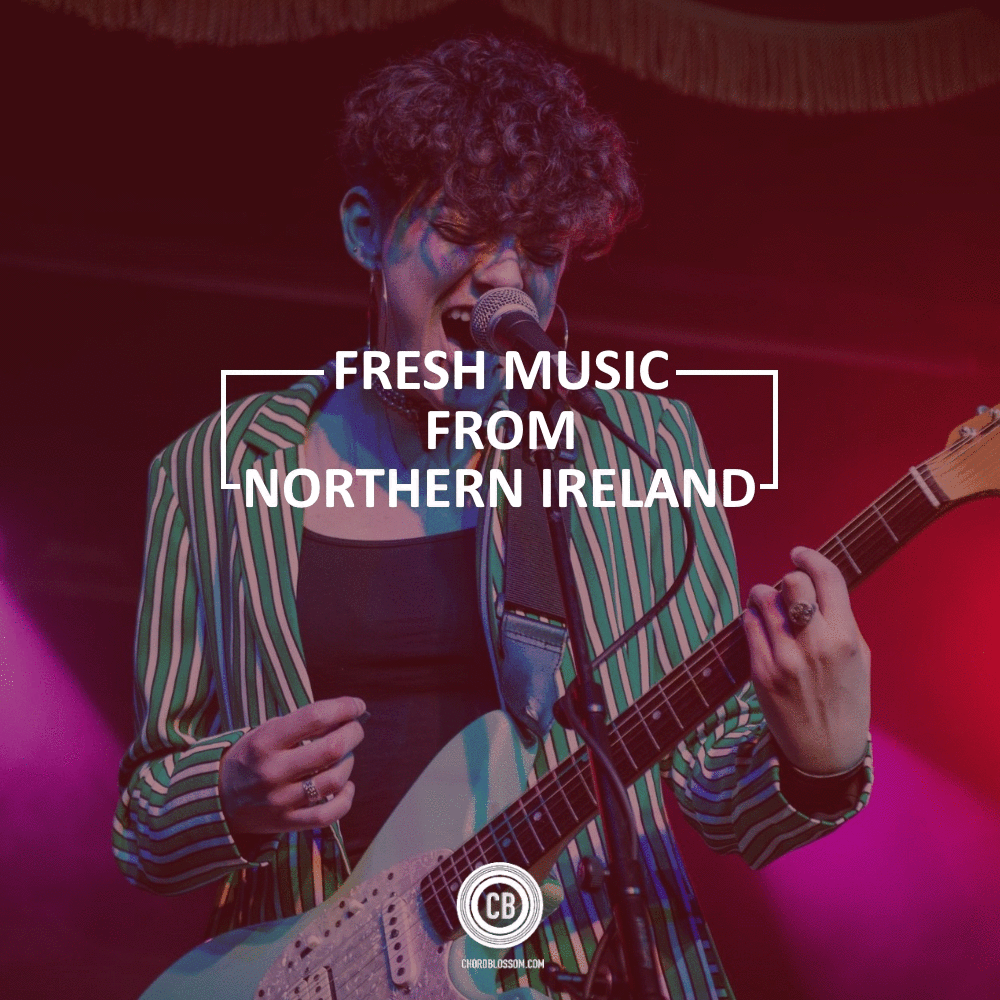Despite the respect and admiration that album covers have earnt over the years, comedy albums continue to be unsung. This is a shame: art and design are often just as important to comedians as they are to musicians.
These comics would be well at home in Northern Ireland. Belfast-based alt-folk artist Joel Harkin explains that in Northern Ireland, musicians take cover art seriously: “Most people see the artwork before they hear the music like, so it’s a good idea.”
Melodramatic pop artist Our Krypton Son views the album cover as part of the process of making the album itself.
“Anytime I’ve bought records or CDs, I’ve always pored over every element of the cover for signs and references, hidden meanings, reading every word and lyric,” he says. “It’s a big part of the experience for me.”
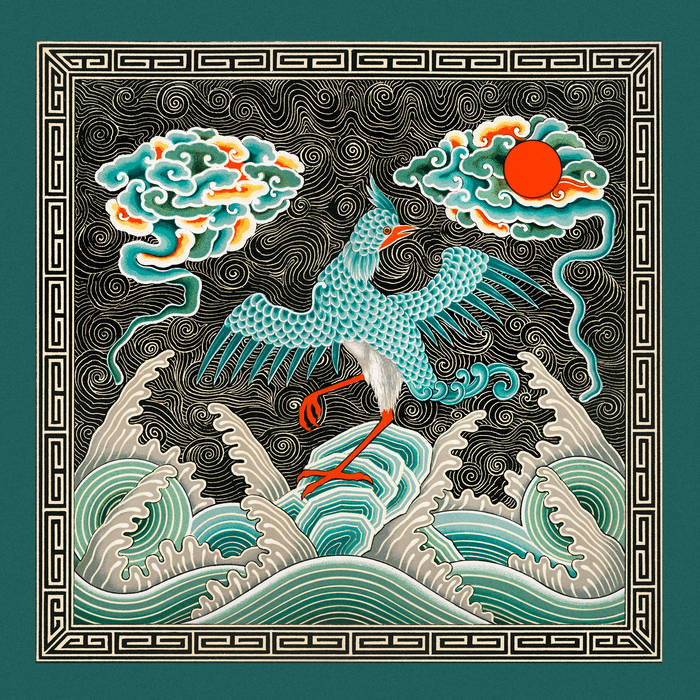
The same dedication is seen in comedy. Take the Edinburgh Fringe, where seasoned comedians can be expected to arrive armed with 5000 flyers. The design for these is also taken seriously, in a trend that extends to other arts festivals where comedy dominates, like Brighton. The Comedy Poster Awards have been handed out at the Edinburgh Fringe every year since 2014 except 2019. The inaugural winner, Holly Walsh, won for the deftly minimalist, takes-a-minute poster for her show Never Had It.
Writer and alternative comedian Joz Norris has been going to Edinburgh regularly since 2012. He notes that the design of flyers has become more important in recent years, but that this isn’t a completely new trend.
“At least since [2012], and probably for much longer, there have been people who take flyer and poster design seriously, and those who see it as simply a marketing necessity.”
Those who take it seriously know to “take the opportunity to make their poster a beautiful piece of art in itself that communicates some of the meaning of their show.”
The better Edinburgh flyers and posters share a similar visual language. This makes sense, considering they all have to juggle a face, name, show title and press quotes without things getting crowded. On top of that, they have to be funny, or interesting, or both. Comedians and their designers have achieved this difficult balancing act with a look that manages to be colourful and slick without being brash or corporate. Of course, more times than not this style is ignored completely, and most flyers come out wildly brash or crushingly corporate. This is the Fringe, after all.
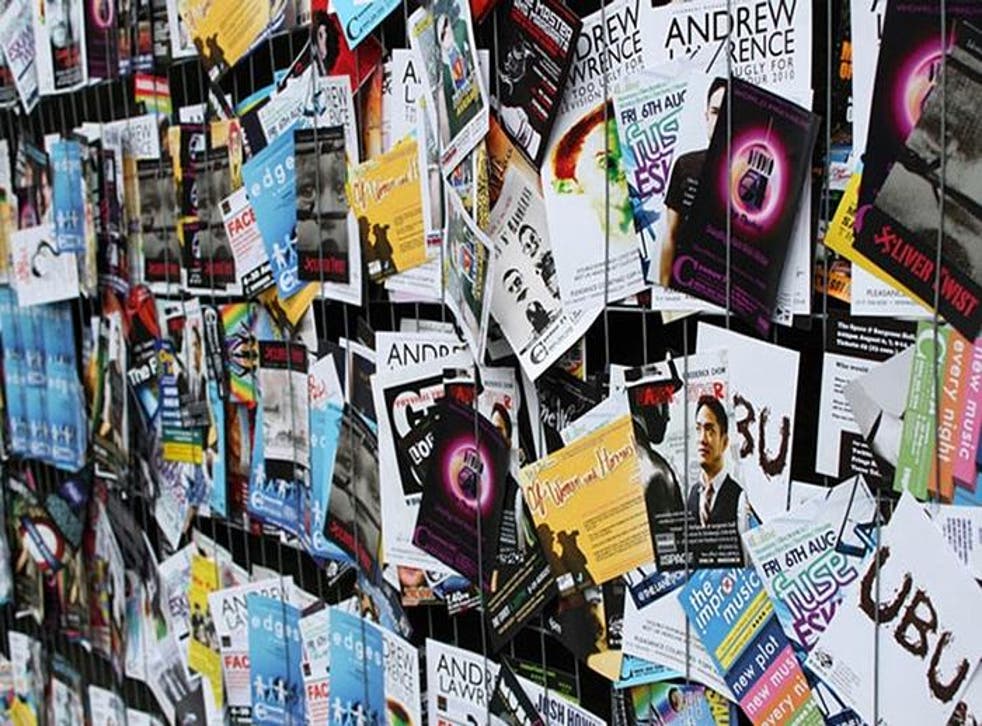
The trend of comedians treating design with respect – even reverence – isn’t new, or confined to the UK. Comedians in America have produced several comedy albums with bizarre and creative cover art, especially in the 2010s. In particular, Patton Oswalt and Eugene Mirman’s covers help defy the expectation that comedy is cheap or easy listening in comparison to music. Demetri Martin’s 2006 debut These Are Jokes sports a painted portrait on the cover. The cover of Reggie Watts’s 2012 release A Live At Central Park is like a blue, calmer take on the iconic The Catcher in the Rye cover. Today, Netflix uses a “pool of artwork” to create targeted thumbnails and appeal to different consumers. Where a lot of its comedy specials receive the man-on-a-poster treatment, the importance of variety has also created opportunities for more stylised digital portraits.
The digital age has been less kind to music. Bangor-based musician Joseph Hodkinson is concerned “online streaming may slowly kill the appreciation of album artwork. Since a lot of young people now stream music, my worry would be that the artwork is less of a talking point.”
Our Krypton Son concurs that “if you download an album digitally to play on a phone, and that’s your only exposure to it, intricate artwork won’t be as effective or meaningful as it would with vinyl, for example.”
As cover art starts to receive less attention outside of the occasional Rolling Stones poll, the time comes to innovate. Here, comedy offers no shortage of inspiration. Olaf Falafel has printed Edinburgh flyers with slightly different designs so that flicking through them creates a flipbook effect. In 2014, Ben Target had his flyering team at the Edinburgh Fringe hand out blank pieces of paper. A second, smaller card with details of his show was only given to members of the public who asked why they’d been given the first.
Like music, comedy is prone to change, repeatedly and drastically. This affords the comics working today with decades of promotional, design and artistic experience from which to draw. It’s a part of the industry that rarely gets recognition by outsiders. The music business stands to benefit from that changing.

